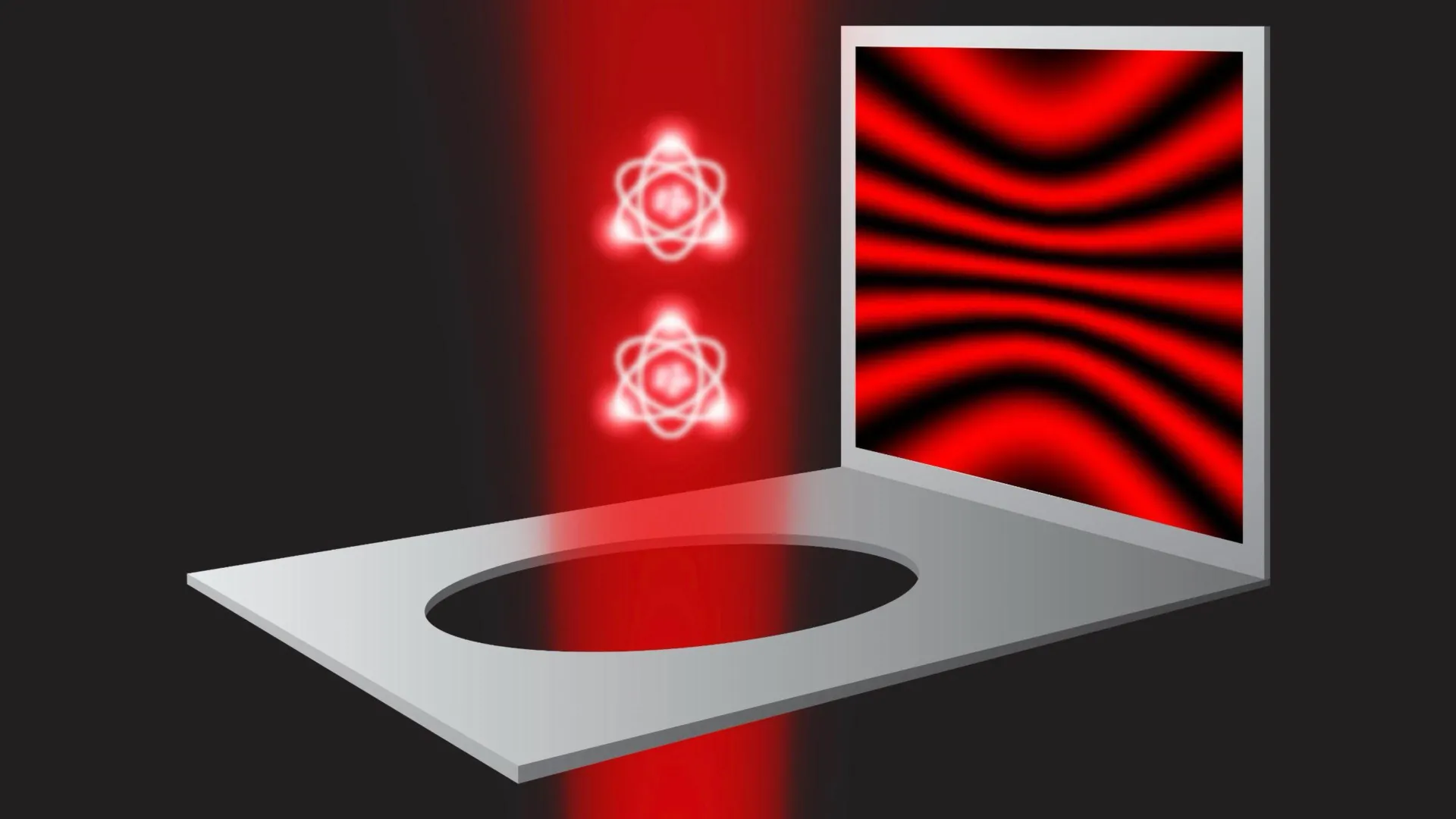PROTECT YOUR DNA WITH QUANTUM TECHNOLOGY
Orgo-Life the new way to the future Advertising by AdpathwayNeutrinos are cosmic tricksters, paradoxically hardly there but lethal to stars significantly more massive than the sun. These elementary particles come in three known "flavors": electron, muon and tau. Whatever the flavor, neutrinos are notoriously slippery, and much about their properties remains mysterious. It is almost impossible to collide neutrinos with each other in the lab, so it is not known if neutrinos interact with each other according to the standard model of particle physics, or if there are much-speculated "secret" interactions only among neutrinos.
Now a team of researchers from the Network for Neutrinos, Nuclear Astrophysics, and Symmetries (N3AS), including several from UC San Diego, have shown, through theoretical calculations, how collapsing massive stars can act as a "neutrino collider." Neutrinos steal thermal energy from these stars, forcing them to contract and causing their electrons to move near light speed. This drives the stars to instability and collapse
Eventually the collapsing star's density becomes so high that the neutrinos are trapped and collide with each other. With purely standard model interactions, the neutrinos will be mostly electron flavor, the matter will be relatively "cold," and the collapse will likely leave a neutron star remnant. However, secret interactions that change neutrino flavor radically alter this scenario, producing neutrinos of all flavors and leading to a mostly neutron "hot" core that may lead to a black hole remnant.
Fermi National Accelerator Lab's upcoming Deep Underground Neutrino Experiment (DUNE) might be able to test these ideas, as might future observations of the neutrinos or gravitational waves from collapsing stars.
The study, published June 18, 2025 in Physical Review Letters, was led by UC San Diego researchers Anna M. Suliga, Julien Froustey, Lukáš Gráf, Kyle Kehrer and George Fuller, as well as collaborators from other institutions. Their research was funded, in part, by the National Science Foundation (PHY-2209578 and PHY-2020275), the Department of Energy (DE-AC02-07CHI11359), and the Heising-Simons Foundation (2017-228).


 4 days ago
19
4 days ago
19





















 English (US) ·
English (US) ·  French (CA) ·
French (CA) ·